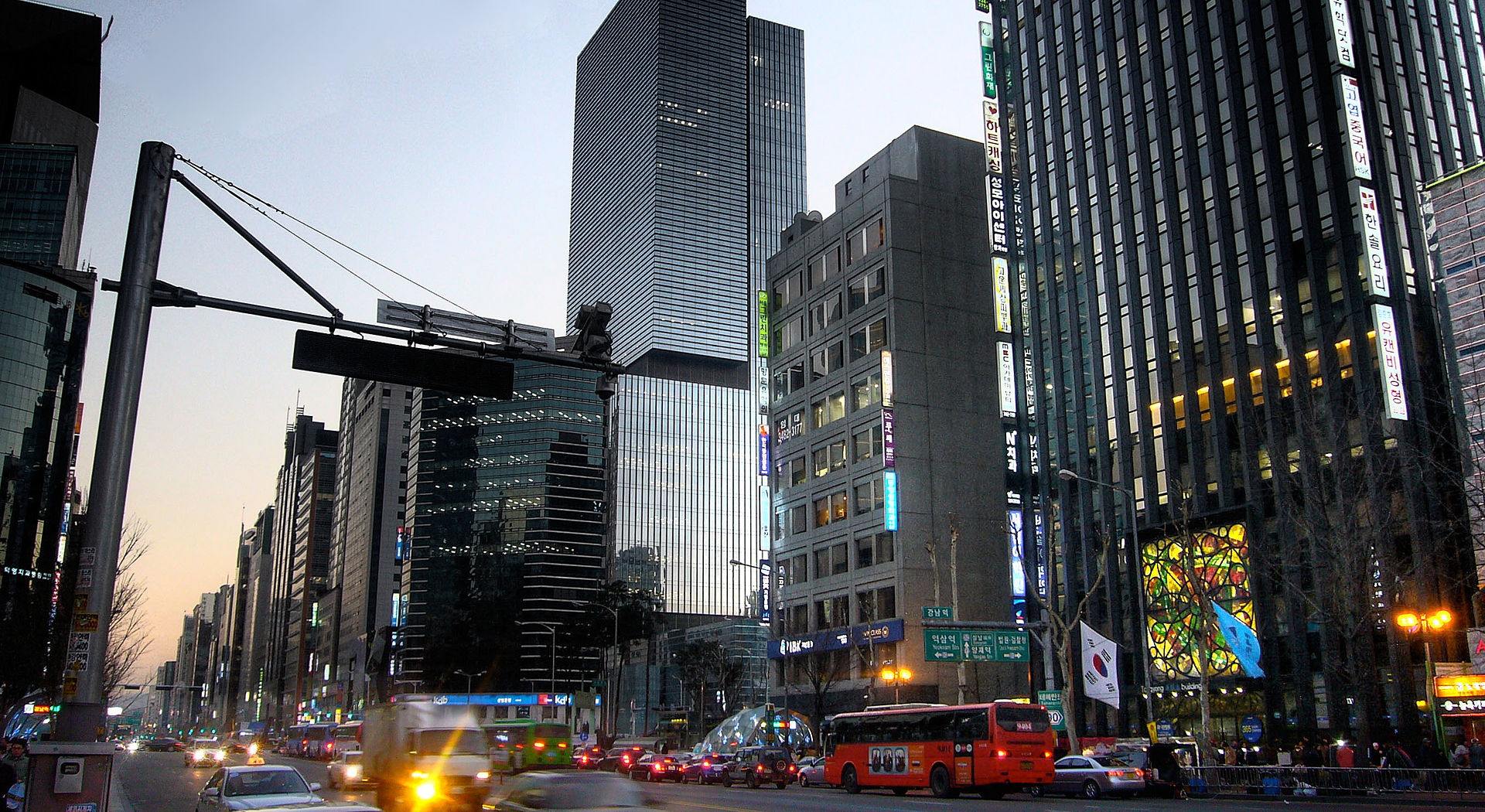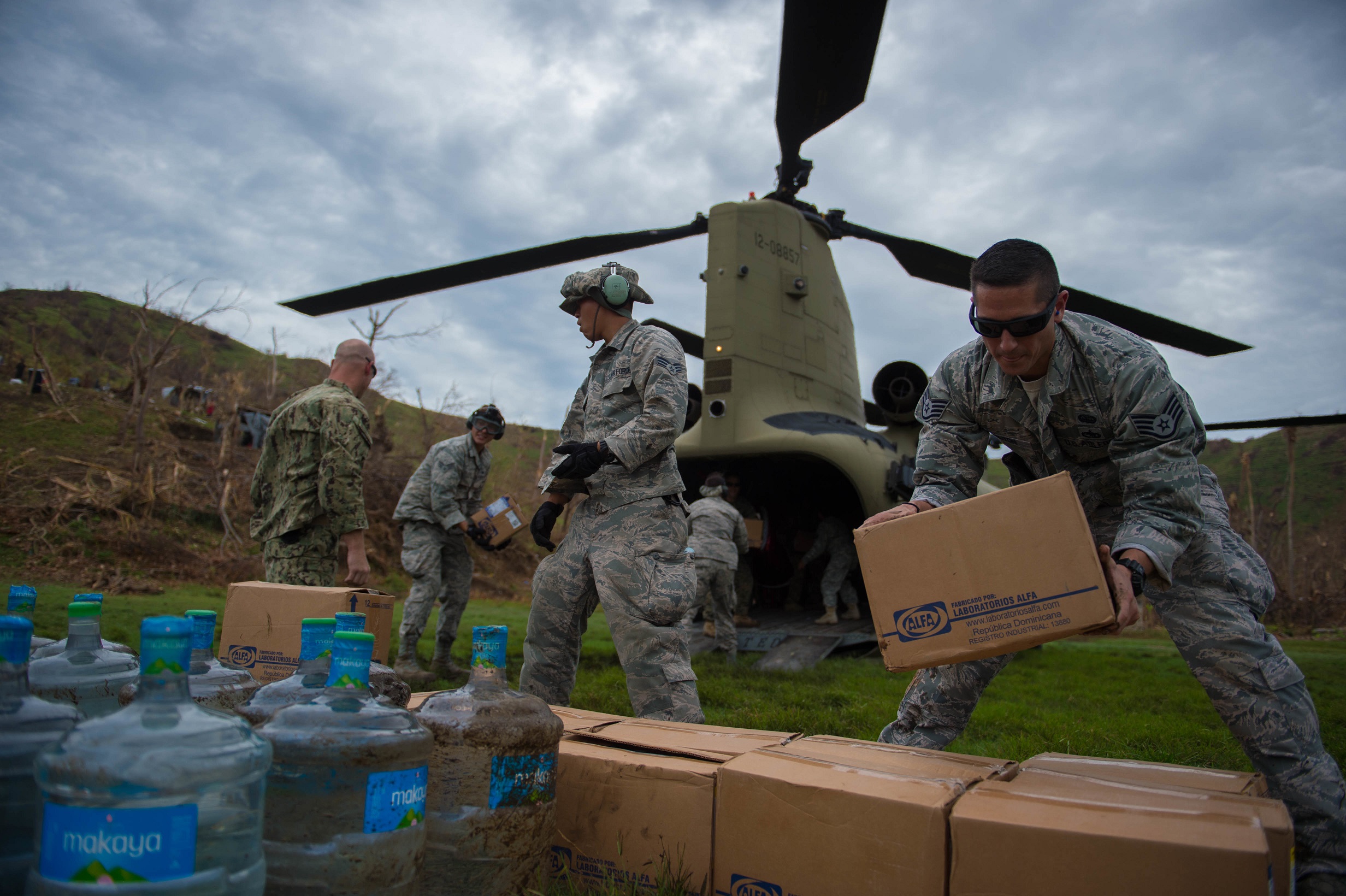Read Part One here.
Soon after war broke out, North Korea would likely work to move their sizable fleet of tanks down toward the DMZ and ultimately into South Korea, while simultaneously inserting special operations forces along the South Korean coast by way of submarines or similar low profile naval vessels. These special operations teams would probably attempt to disrupt the war effort through sabotage, but if a sizable enough force were able to make landfall, they may attempt to simply cause enough terror to distract South Korean and American forces from the fighting at the border.
Once the United States has neutralized North Korean air defenses, communications and radar arrays, and any nuclear assets possible, special operations groups from the United States and potentially allies would be tasked with the extremely dangerous job of infiltrating North Korea to secure Kim’s stockpile of nuclear weapons. If the regime were to fall, the weapons could easily find their way onto the black market, and if the regime didn’t, they would already be in the hands of one angry dictator. Despite the damage done from the air, these types of operations would still be incredibly dangerous, as they would be so far removed from reinforcements that any incursion would find itself quickly surrounded by North Korean armored assets and infantrymen.

That said, North Korea currently consumes an estimated 15,000 barrels of oil per day, but produces only 150, with no real oil reserves to speak of. So if the United States were able to establish an oil embargo through Naval blockade and… perhaps some kind of witchcraft on the Russians and Chinese, the North Korean war machine could find its heavy assets starved out of commission quickly.
By some estimates, North Korea maintains an active duty military of approximately 690,000 troops, with a whopping 4.5 million in a reserve status, and as many as 10 million considered “fit for duty” if (when) Kim instituted a draft for national security. With an estimated 6,600 tanks, 2,500 fighting vehicles, and internal defenses we have little intelligence regarding… fighting inside North Korea would be brutal, bloody, and would result in a loss of life on par with a nuclear strike like those we’d go to war to prevent.
Of course, aside from the unenviable task of securing the nuclear stockpile, there may be no need for the Marines to get back to their amphibious landing roots – crippling the nation and removing its nuclear weapons may be enough to bring Kim to his senses and his knees (to bastardize Admiral Harry Harris’ phrasing) – but there are a lot of important “if’s” that would have to fall in our favor first.
If we are able to neutralize North Korea’s artillery before it completely lays waste to the city of Seoul; if we are able to neutralize even Kim’s most hidden nuclear weapons before he had a chance to press the button out of spite, and if Kim is willing to reason after his military assets are smoldering – the war could end there, with nothing more than tens of thousands killed on both sides of the DMZ. Honestly, that’s a best case scenario.

If, however, some of those important pieces don’t fall into place, the war could either become a much longer, much bloodier endeavor… or it could end in a bright flash of blinding light as Kim chooses to take as much of the world out with him as he can. Barring that nuclear option, the United States would be forced to continue its air campaign, extending its target bases into the economic infrastructure that supports the continued war effort.
U.S. jets would likely be dropping humanitarian supplies for North Korean citizens as well as guided bombs, which could serve not only as a means to shift perception of the war from within, but could also be used to lure citizens away from population centers that would have to be the targets of an infrastructure campaign. Again, unlike Kim’s regime, even in this terrible war setting, it seems highly likely that the U.S. and its allies would work to prevent the loss of civilian lives whenever possible.

Ultimately, the United States would indeed win a war against North Korea, but the cost in terms of human life would likely be astronomical. Many loyal North Korean soldiers might actually prefer fighting to the death over surrender, and nearly 70 years of preparation for war against South Korea would make fighting on the ground an extremely treacherous endeavor for even America’s highly trained, and combat hardened, troops. The aftermath of the war would leave North Korea rebuilding for decades, and the United States military would be forced to significantly reduce its overall global footprint in order to compensate for assets and personnel either entrenched in the fighting, or lost completely.
When all was said and done, we could even plant an American flag in the heart of Pyongyang – and rightly so, as an American presence throughout decades of insurgency, terrorism, and attempts at forming a new West-friendly government would likely be required.
Kim Jong Un may well be the devil, but in this case, it might be better to deal with the devil we know. If, however, war with North Korea must come, let it be laid upon my generation – so my as-yet unborn daughter may be spared the tragedy.
Modified image courtesy of KCNA










COMMENTS
You must become a subscriber or login to view or post comments on this article.